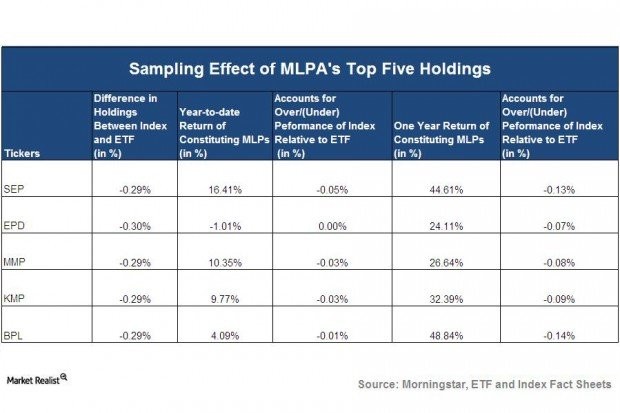The Difference Between ETF Indexes
Post on: 27 Май, 2015 No Comment

Key Points
- Index providers try to pick securities that represent the market or a slice of the market. Indexes with similar goals tend to have similar performance. Find out what to consider if an ETF changes its underlying index. Differences in cost can be more predictable than differences in index performance.
As the number of ETFs (exchange-traded funds) continues to grow, the choices can be overwhelming. In certain widely used categories, such as US large-cap equity, you can find ETFs tracking indexes from many different providers.
In many respects, traditional index providers are trying to do the same thing by providing lists of stocks that do a good job of representing a particular market or slice of a market. The general approach tends to be the same, but the details differ.
So what are the differences between the indexes behind these ETFs, and how can you pick one that works for you?
How is the index weighted?
Most ETF investors start with traditional stock indexes, which weigh companies according to their market capitalization. This means that the companies with the highest total stock market value (share price times the number of shares outstanding) get the most weight in the index—hence the name cap-weighted indexes.
Other weighting systems exist, including equal weighting, fundamental weighting, and low-volatility weighting, but even focusing on just the traditional cap-weighted indexes leaves you with a lot of choices.
Who are the index providers?
Some of the biggest providers of cap-weighted stock indexes are Standard and Poor’s (S&P) Corporation, Russell Investments, MSCI, Inc, Dow Jones (now part of the same company as S&P) and FTSE Group. Smaller players include Morningstar Inc. CRSP (the Center for Research in Security Prices) and providers of alternative weighted indexes such as RAFI (Research Affiliates, LLC) and WisdomTree Investments, Inc.
Barclays Capital is the biggest name in bond indexing, with other bond indexers having very little market share at all. Similar to stock indexes, most bond indexes are weighted by market capitalization. In the case of bonds, though, this means that the most-indebted issuers tend to have the most weight in the index, since they have borrowed the most money and therefore have the most bonds outstanding.

Which securities do they include for tracking?
Each index provider looks at a different universe of stocks and bonds, even within the same asset class. For example, for a US stock index, some providers might exclude companies that do business in the United States but are legally headquartered in the Cayman Islands for tax purposes, while other providers might include them. Some might build a broad market benchmark of 1,500 stocks, while others might include 4,000 or more. The exact threshold for how large or how liquid a company must be before being included in a broad index can also vary across index providers. Some index providers use a rules-based methodology while others use a more subjective methodology.
In practice, these differences don’t matter much when it comes to index performance. Even the major index providers agree (based on anecdotal evidence) that their broad-market indexes don’t differ significantly. 1
Different ways to slice the market
Where providers do vary is in their definition of what type of security belongs in which category. The most salient examples are in their categorizations of market cap, country classification, sector and style.
Market cap. Investors who look into indexing in detail are often surprised to learn that large cap, mid cap and small cap have no formal definitions and vary from firm to firm. The general approach is to rank stocks by market capitalization (the total value of outstanding shares) and then to set cut-off ranks for the different size indexes. Some providers have non-overlapping indexes, while others carve the mid-cap index out of the lower end of the large-cap index and/or the higher end of the small-cap index.














